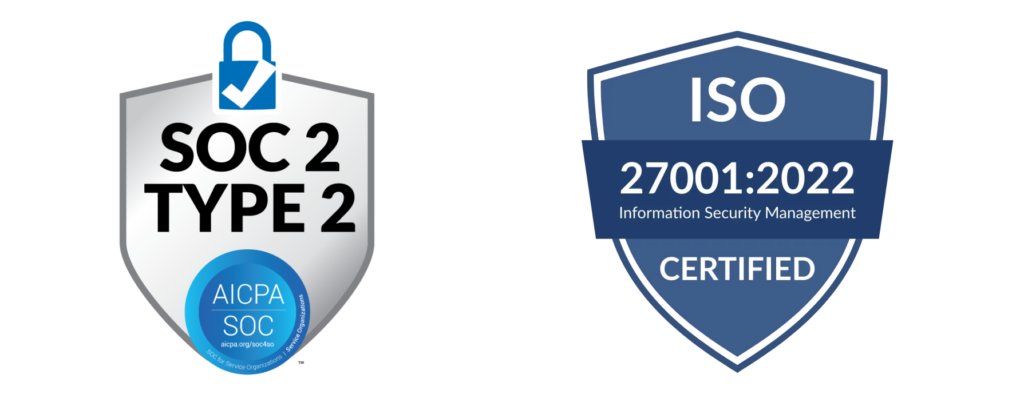The principle of least privilege states that users should be given the bare minimum level of privileges necessary to do their job. This encourages a security-first mindset that helps organizations prevent cyber threats and data leaks.
The principle of least privilege is a key component of zero trust – a framework that always assumes a network is under threat – as well as Privileged Access Management (PAM), which security teams use to track and control privileged users across an IT environment.
Types of user
The principle of least privilege applies to any user (human or machine) that needs to perform tasks and access resources on a system, including:
- People
- Employees
- Third parties (e.g., customers, contractors, partners)
- Processes
- Systems
- Applications
- Devices (e.g., smartphones, laptops, servers, IoT)
Some users need more permissions than standard accounts to bypass certain security measures and manage sensitive data, assets, and infrastructure. These users, however, present a serious risk to a business, which is why the principle of least privilege aims to restrict their access as much as possible and strip them of their permissions as soon as their job is done.
Why is least privilege important?
Today, people work remotely around the world, often using their own devices, and they engage with various systems, applications, and endpoints across on-premises and cloud platforms. This means that the traditional ‘us vs them’ mentality in cybersecurity – that a company firewall is safe from the threats lurking outside – is outdated. Attackers are now just as likely to come from within a company network, and their methods of impersonating users, moving laterally across systems, and stealing sensitive resources grow ever more sophisticated.
The principle of least privilege acts as a failsafe in this environment. While certain users need privileged access to manage sensitive data, assets, and infrastructure, they pose a serious risk to an organization. The principle of least privilege ensures the attack surface is as small as possible if things go wrong. Crucially, it helps prevent privilege creep – where a user collects excess privileges over time, often when IT teams have forgotten to revoke their access to certain applications or environments. If left undetected, these bloated accounts can be abused by attackers to access sensitive company resources or accidentally cause damage to the system.
The benefits of least privilege
Security: While it’s inevitable that certain accounts will require privileged access to critical company resources, the principle of least privilege ensures the attack surface is as small as possible if things go wrong.
Compliance: Least privilege isn’t just a nice-to-have. Organizations are required by many rules and regulations to implement it (such as FDCC, HIPAA, and PCI DSS).
Efficiency: When users have the appropriate privileges, they shouldn’t run into as many issues while working on applications and systems – meaning fewer callouts for IT technicians – or accidentally cause issues that result in downtime.
Best practices
Organizations often use privileged access management (PAM) to improve their security posture with the principle of least privilege. Here are some of the common practices involved:
Just-in-time access: If users need to run powerful commands or access sensitive resources, they should be assigned just-in-time privileges, which only apply for the duration of the task, and their session should be isolated.
Manage administrators: Admin accounts should be separated from standard users and tracked for suspicious activity that could reveal the start of an attack. Admin passwords should also be rotated regularly in case they’ve been unknowingly stolen by attackers.
Audit: Conduct audits of privileges, passwords, entitlements, and cloud IAM permissions across endpoints and on-site or cloud networks to check that all users have the appropriate level of access to data and resources.
Authentication: Make sure that privileged identities sign in using security measures such as multi-factor authentication (MFA) and one-time passwords to improve the security of their session

